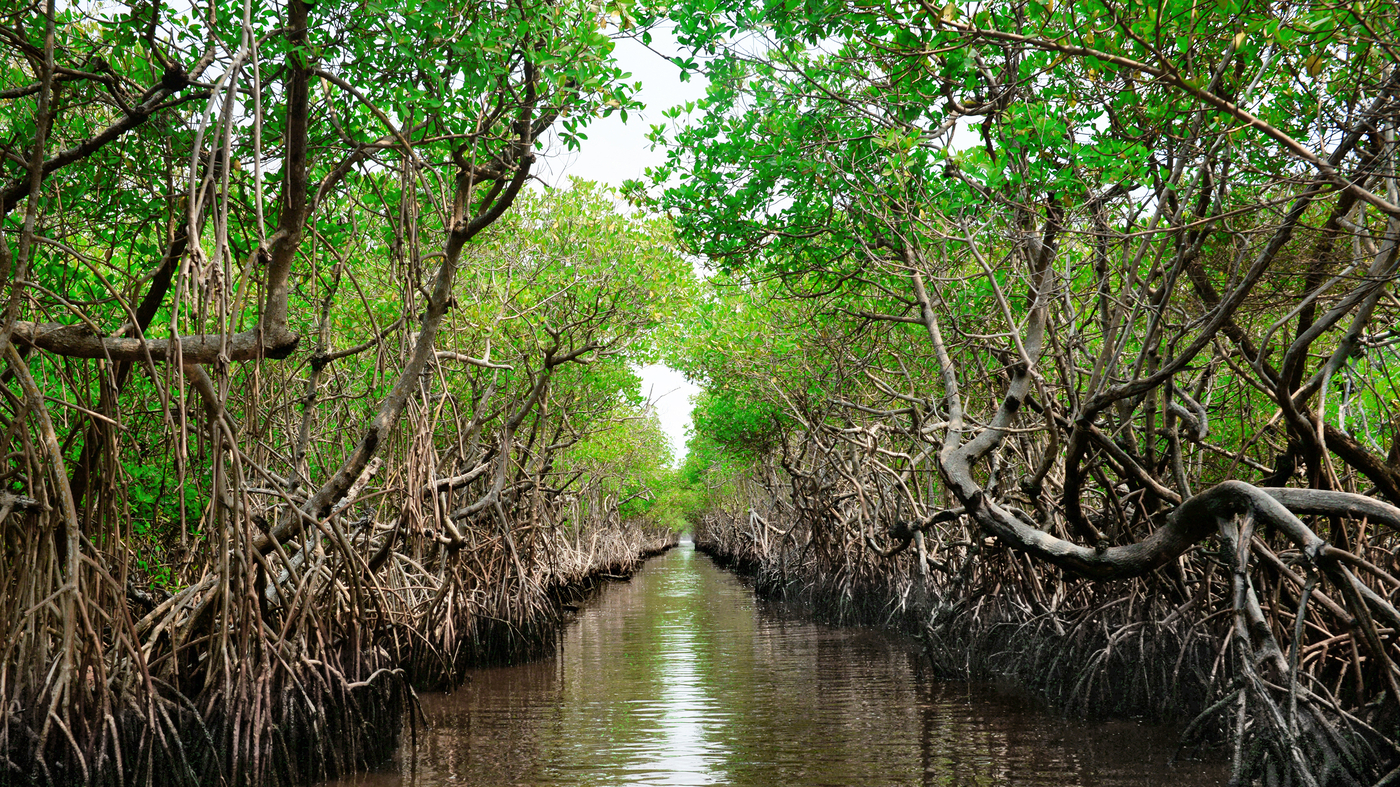When the fossil fuel industry comes up with “climate solutions”, says Melissa Aronczyk, an economics professor at Rutgers University
When the United Nations Climate Change Conference was held in November 2021, the number of companies who vowed to reach net zero emissions grew by over 80 percent. Among the pledgers were some of the world’s biggest companies: Amazon, Apple, Ford, IBM, JP Morgan, Mars, and many others. Climate action is not just talked about by the industry giants, but it is a concern for every business as scrutiny grows.
Many things sold as carbon offsets – like restoring or protecting forests – are, on their own, great climate solutions, Buller says. “We need to draw carbon out of the atmosphere through trees,” she says.
There are still a lot of things we can do to slow the pace of climate change. But when it comes to “climate solutions”, some are real, and some aren’t, says Naomi Oreskes, historian of science at Harvard University. “This space has become really muddied,” she says.
Reducing the burning of fossil fuels is one way to address climate change, even though it may sound basic.
Scientists believe that will involve transitioning away from oil, coal and gas. We already have a lot of the technology we need, like solar, wind, and batteries.
It’s important to think about both who’s selling you the climate solution and what they say the problem is, says Melissa Aronczyk, professor of media at Rutgers University.
When you see a “climate solution” that leads to increased use of fossil fuels, pay attention. She believes that a bridge fuel is natural gas, which can be used to bridge the gap between renewable and fossil fuels. Natural gas is a fossil fuel and its production, transport and release of methane is a greenhouse gas much more potent than carbon dioxide.
“I think we need to start by looking at what happens when the fossil fuel industry comes up with solutions, because here is the greatest potential for conflict of interest,” Aronczyk says.
David Ho is a professor of oceanography at the University of Hawaii at Manoa and he says that sometimes you hear about new technology such as carbon capture.
“I think a lot of people think we have all of the technologies that are available to remove carbon dioxide from the atmosphere, even if they don’t work in this space.” And we’re not there,” Ho says.
Verification of Offsets and Regulation in Brazil, says a Brazilian professor at the New School: Emissions, Climate Change, and Environmental Change
There are challenges with verification of offsets and regulation in general, according to a professor at a Brazilian university. “It’s very dangerous, very dangerous indeed,” he says.
He thinks it’s difficult to know if the trees are really being protected from a fire.
“You cannot guarantee, ‘Okay, you’re gonna offset your dress by planting a tree.’ You have no guarantee that in three years time that tree is gonna be there,” he says.
“There is a lot of work that needs to be done to get off fossil fuels and onto clean energy sources.” “So people have to realize there is a price to pay here. There is no free lunch.
We think of businesses working on their own, but it is often not the case, says Oreskes. Government often plays a big role in funding and research support for new climate technology, says June Sekera, a visiting scholar at The New School who studies public policy and climate.
There will be a need for governments to play a major role in managing emissions, according to Schaeffer, who has been working with the UN’s Intergovernmental Panel on Climate Change.
Schaeffer points to the recent election in Brazil, where climate change was a big campaign issue for candidate Luiz Inácio Lula da Silva. Lula won, and has promised to address deforestation, a big source of Brazil’s emissions.
